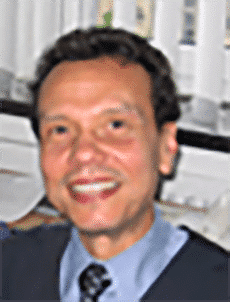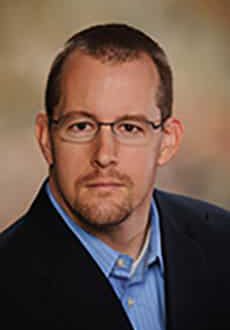5G Enabling Technologies - MIMO, Multiuser MIMO, and Massive MIMO
Date of original webcast: Tuesday, February 13, 2018
Duration: 1 hour
Summary
In this webinar, the fundamentals underlying the MIMO concept are explained. It will be shown how multiple reflections in indoor and urban environments can be effectively used to create additional independent channels that can serve the purposes of diversity and/or spatial multiplexing. Extending this concept for a base station to serve multiple users gives rise to Multiuser MIMO, in which both the number of served users and that of the array elements are very moderate. Massive MIMO on the other hand uses large antenna arrays to produce very narrow multiple beams that are capable of simultaneously establishing independent channels between the base station and a number of mobile or stationary users. The usually used deterministic and stochastic models for representing mobile wireless channels (linear time-varying systems) will be explained emphasizing the massive-MIMO aspects. Sample massive-MIMO systems that have been recently developed will be presented and discussed.
Many researchers assume that it will be possible to perform the entire Signal Processing of Massive MIMO in the Digital Domain. This would however necessitate that each of the array elements must have its own RF Front-End. On the other hand, there are in some doubt about the feasibility of providing such a huge amount of RF Front-Ends, with PA/LNA, Up/Down Converting Mixers, DA/AD Converters, etc. for each individual array element of a Massive-MIMO antenna array. The alternative, which is called “Hybrid Solution” is to use Sub-Arrays, with a single RF Front-End per Sub-Array. Steerable Multiple Beams would need in this case a Butler Matrix with multiple Couplers and Phase Shifters for each Sub-Array. A comparison between these two alternatives as regarding Hardware/Software complexity, power consumption in both the RF Front-End and the Digital Signal Processing, Linearity and Efficiency of PA’s, Signal Distortion, etc. will also be covered.
Attendance is free. To access the event please register.
Note: Sponsored content, by paid advertisers, has not been subject to peer review. By registering for this webinar you understand and agree that IEEE may share your contact information with the sponsors of this webinar and that both IEEE and the sponsors may send email communications to you in the future.
Speakers

Abbas Omar
University of Magdeburg, Germany
Prof. Abbas Omar received the B.Sc., M.Sc. and Doktor-Ing. degrees in electrical engineering in 1978, 1982 and 1986, respectively. He has been professor of electrical engineering since 1990 and director of the Chair of Microwave and Communication Engineering at the University of Magdeburg, Germany since 1998. He joined the Petroleum Institute in Abu Dhabi as a Distinguished Professor in 2012 and 2013 as an organizer of the research activities for the Oil and Gas Industry in this area. In 2014 and 2015 he chaired the Electrical and Computer Engineering at the University of Akron, Ohio, USA. Dr. Omar authored and co-authored more than 450 technical papers extending over a wide spectrum of research areas. His current research fields cover the areas of microwave, magnetic-resonance, and acoustic imaging, microwave and millimeter-wave material characterization, phased arrays and beamforming, massive MIMO, indoor positioning, subsurface tomography and ground penetrating radar, and field theoretical modeling of microwave systems and components. He is IEEE Fellow.

Michael C. Hamilton
Dr. Michael C. Hamilton is an Associate Professor in the Electrical and Computer Engineering Department at Auburn University and the Assistant Director of the Alabama Microelectronics Science and Technology Center.